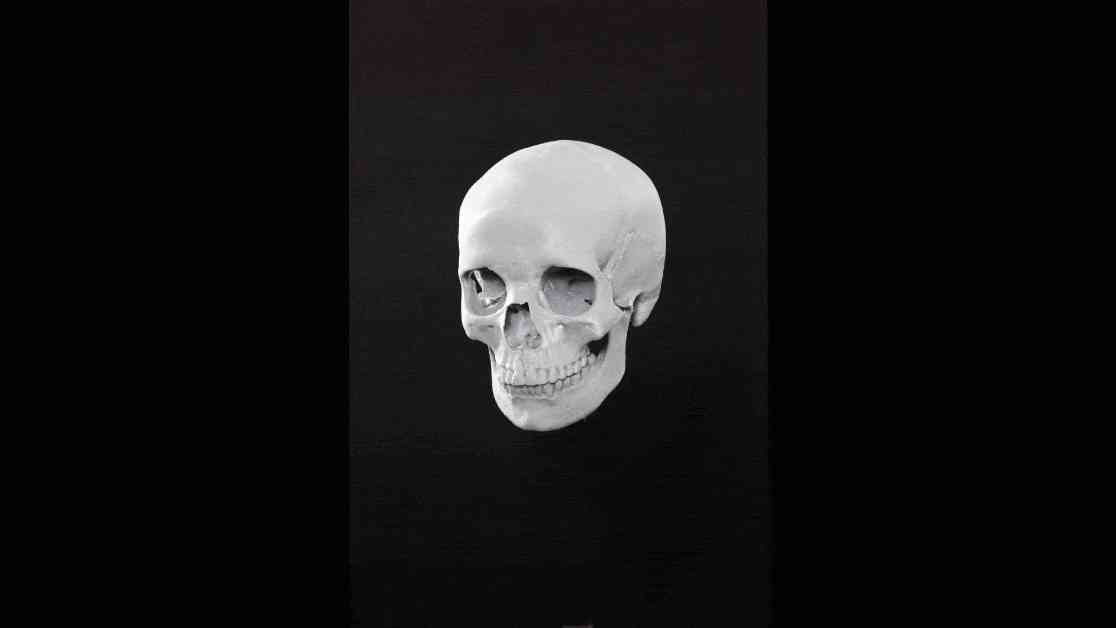Centuries ago, a young woman, believed to be from a wealthy family, was buried in a “vampire” grave in Poland. Recent reconstructions of her face shed light on what she may have looked like. The woman, nicknamed Zosia, had various health issues, including a sternum cancer and a condition that can cause fainting spells and headaches. Despite her maligned burial, she was found with items that suggested a high social status, such as a silk bonnet and a gold brocade ribbon.
Archaeologists discovered that the woman likely grew up in Scandinavia and may have lived during the Thirty Years’ War. Her burial, with a blade and a padlock, was intended to prevent her from coming back to haunt the living. Other burials in the cemetery also showed signs of deviant treatment, with stones and padlocks placed in graves to prevent the dead from rising.
The reconstruction of the woman’s face revealed blue eyes, dark blonde hair, and pale skin, based on DNA and isotope analyses. She was around 18 to 20 years old, 5 feet 4 inches tall, and had various skeletal abnormalities. The forensic artist who reconstructed her face aimed to restore her human dignity and show her as the young girl she was, rather than the monster she was buried as.
Despite the tragic circumstances of her burial, the reconstruction of Zosia’s face allows us to connect with her story and understand the fears and beliefs of the villagers who buried her. It serves as a reminder of the importance of treating all individuals with respect and dignity, regardless of their differences or perceived threats. The reconstruction also highlights the intersection of archaeology, forensic science, and storytelling in uncovering the mysteries of the past and giving a voice to those who may have been marginalized or misunderstood in their time.










